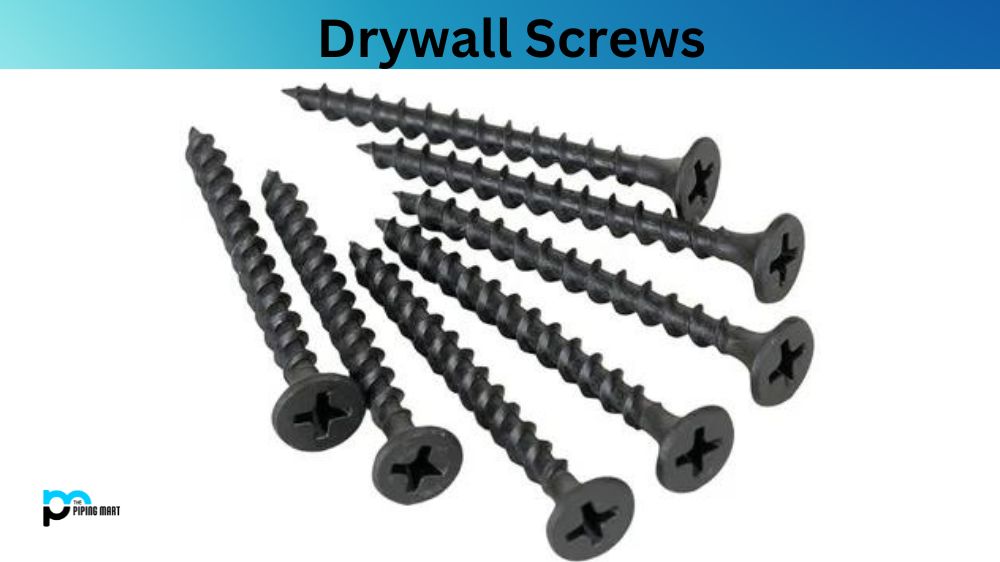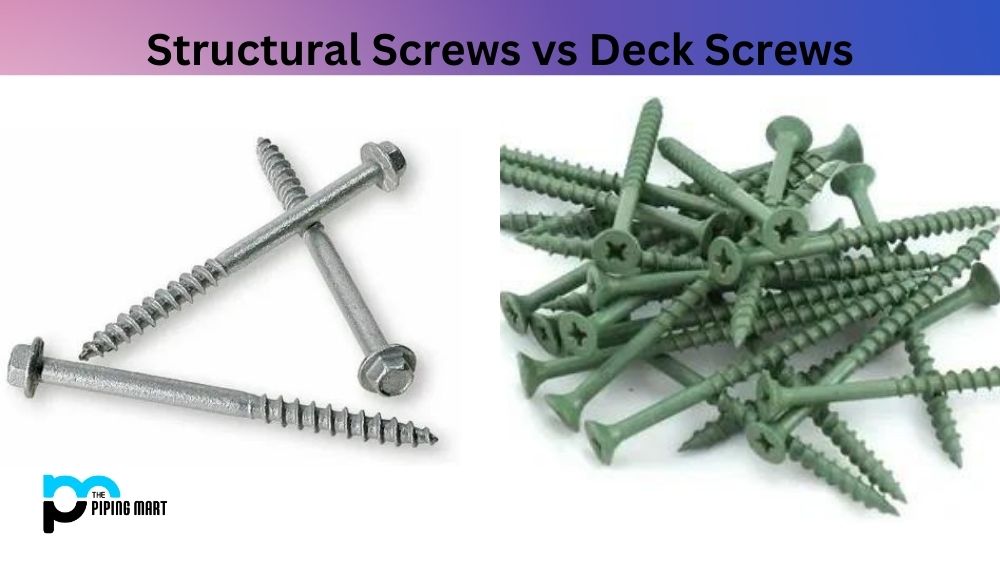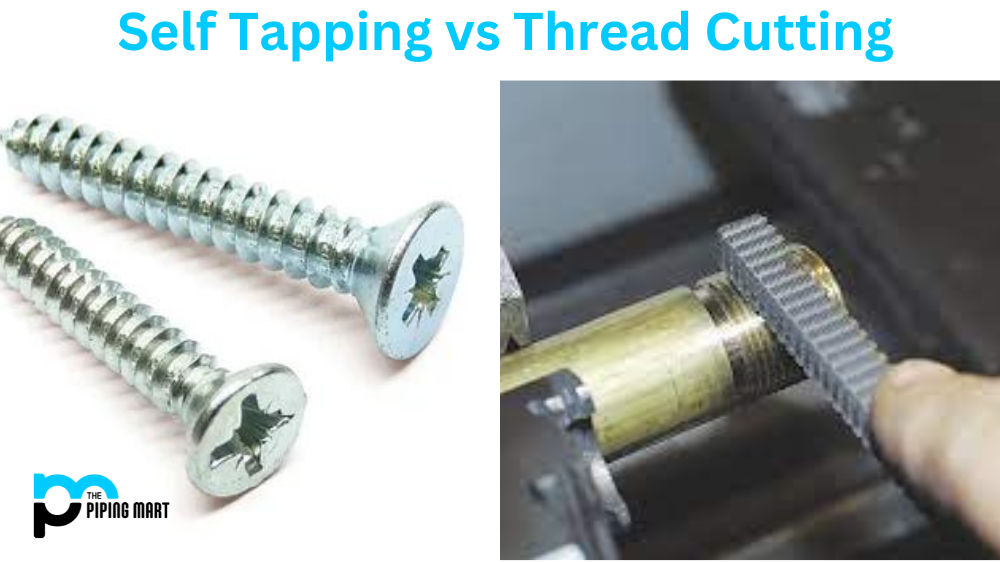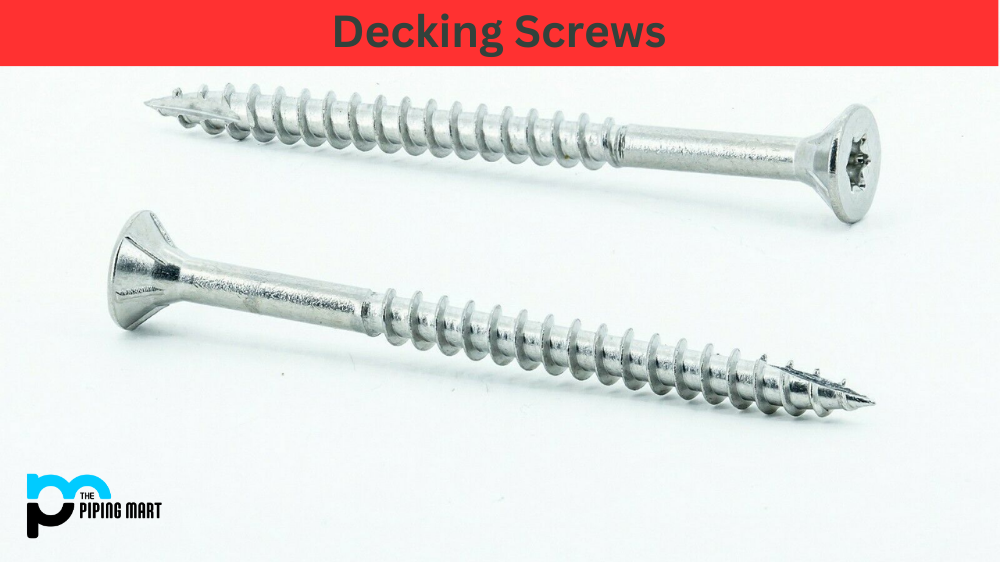If you have ever undertaken a renovation project in your home or had the opportunity to work with drywall, you must have encountered drywall screws. Drywall screws are unique types of screws designed specifically for use with drywall sheets and are a preferred choice in the construction industry due to their ease of use and durability. In this article, we will explore what drywall screws are, their common uses, and applications.
What is Drywall Screw?
A drywall screw is a type of self-tapping, self-drilling screw designed for drywall use, also known as sheetrock. These screws feature threads along the entire shaft length and have bugle heads to help embed them into the wallboard without tearing it. Drywall screws are made from hardened steel and come in lengths from 1/2” to 6”, depending on your needs. They are designed to make installation easier than traditional nails while providing a stronger hold.
Understanding Drywall Screws:
Drywall screws, also called gypsum screws, are long, thin screws specially designed for penetrating and securing gypsum board or drywall to wood or metal studs.
They are made of high-quality steel, hardened to withstand the pressure applied during installation. They also have a sharp point that makes embedding them in the drywall material easier.
Drywall screws come in various sizes, lengths, and head types and can be used for different applications, including fixing drywall to ceilings or walls, attaching trim or moulding, and securing panels, among others.
Common Use of Drywall Screws:
One of the most common applications of drywall screws is the installation of drywall sheets. They are used to attach gypsum sheets to wood or metal studs, ensuring they are securely fixed, preventing sagging, and reducing the likelihood of cracks in the joints.
Aside from drywall installation, drywall screws are also commonly used in framing works, particularly for attaching metal studs to tracks or fixing plywood or OSB panels.
Drywall screws can also be used in various DIY projects and furniture repair, where they can help attach trim or moulding or fix panels and sheathing in place.
Types of Drywall Screws:
Drywall screws come in two main types; coarse-threaded and fine-threaded.
Coarse-threaded screws have deeper threads and are used for attaching drywall to wooden studs, whereas fine screws have shallower threads and are preferred for metal stud framing.
Another classification is based on the screws’ head types, which include bugle head screws, trim head screws, and pan head screws, among others.
Bugle head screws are the most commonly used because they have a flat disc-shaped head designed to sit flush with the drywall surface, reducing nail pops and visible screws.
Tips for Working with Drywall Screws:
When working with drywall screws, there are a few tips that can make your work easier and more efficient;
When installing screws, avoid over-tightening them, which can cause the gypsum board to be crushed, creating dimples and cracks in the board.
Always use appropriate screws and tools. You should use fine-threaded screws and special screw guns when installing drywall on metal stud framing or trim work.
When working with studs near outlets or fixtures, it’s important to use a stud finder to locate their exact position to avoid damaging electrical wiring and fixtures.
Lastly, always buy high-quality screws from trusted manufacturers to ensure strength and durability in your projects.
Conclusion:
Drywall screws are an indispensable component in modern-day construction and DIY projects. They are highly versatile, perform different applications, and are affordable. Therefore, it’s essential to understand their different types and applications to ensure that you use them appropriately for your specific needs. Using the tips above, you can ensure your drywall installation is secure, long-lasting, and neat, giving you the desired professional finish.

A passionate metal industry expert and blogger. With over 5 years of experience in the field, Palak brings a wealth of knowledge and insight to her writing. Whether discussing the latest trends in the metal industry or sharing tips, she is dedicated to helping others succeed in the metal industry.




